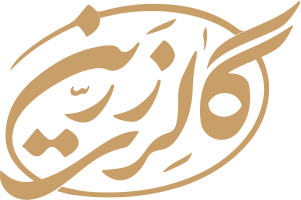Mohammad Hadi Fadavi, a neo-traditionalist Iranian painter, was born in Arak in 1955. His interest in painting was formed from childhood through his acquaintance with bazaar painters and handicrafts. He first started with educational books and oil painting, and was influenced by the works of Van Gogh and Cézanne. Later, he would accept portrait commissions and at the same time study Persian literature; according to him, Persian poetry, and especially Hafez, had a profound influence on his outlook and paintings.
He entered cinema with the 1979 revolution and gained experience in fields such as set and costume design. He collaborated with directors such as Dariush Farhang, Ebrahim Hatamikia, and Kiomars Pour-Ahmad, and in the “Gallery 9” project, he studied and copied nearly a hundred works, including Van Gogh’s “Doctor Gachet.” The income from cinema allowed him to paint more freely, but eventually, dissatisfied with its economic climate, he devoted himself full-time to art.
In one of his exhibitions, the main theme of the works was the series “Riderless Horses.” In this series, colorful horses in motion, alongside symbols such as the cypress and other elements of Iranian painting, were formed in a multilayered combination of hand drawing, ink, and paint. These works, which stem from the Iranian painting tradition, have been revitalized with a new approach and are an attempt to combine tradition and modernity in a contemporary format; a representation of the beauty and importance of Iranian miniatures that present the rich identity and culture of the past to the audience with a modern perspective.



 فارسی
فارسی